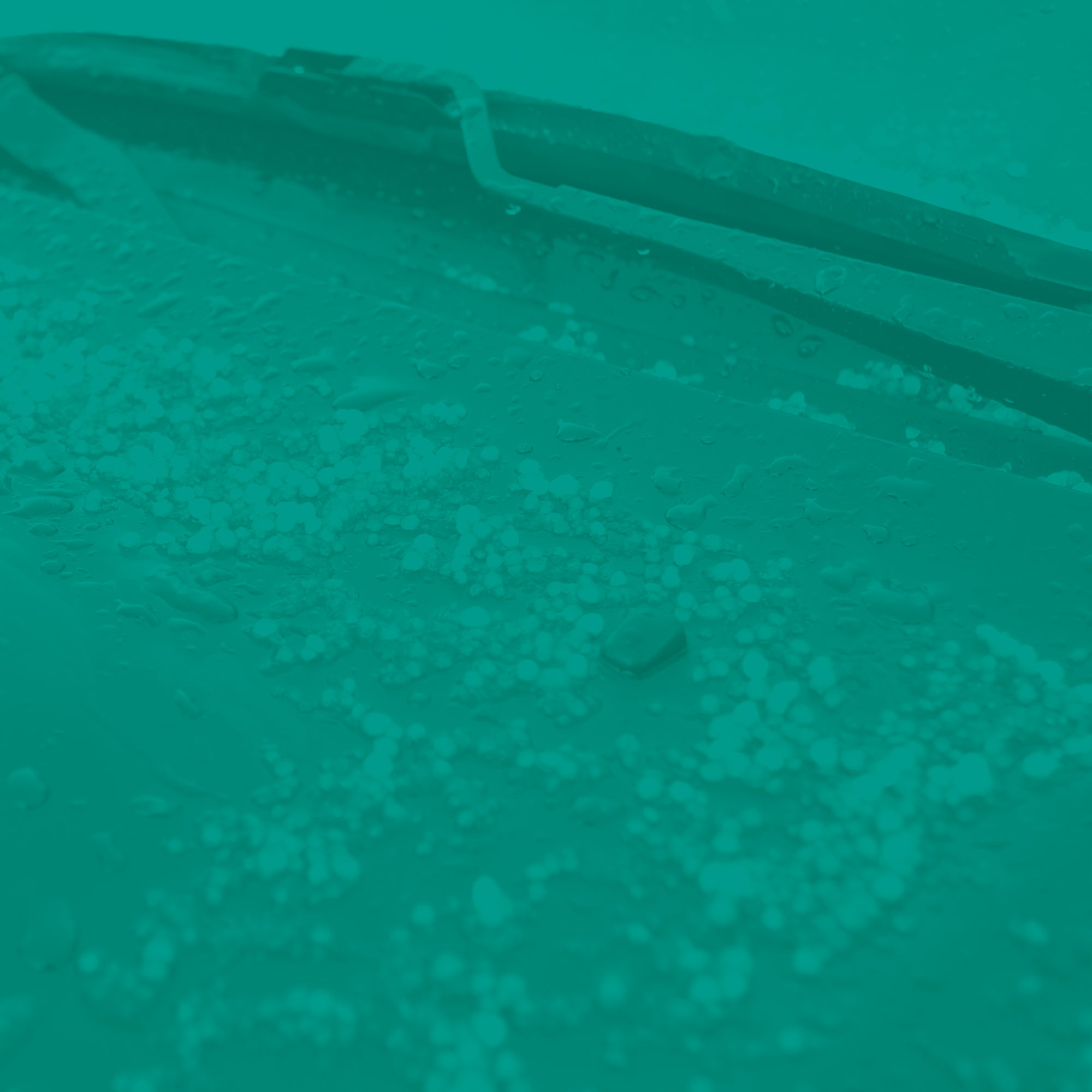
Preparing for severe weather in Alberta
Alberta is a hotbed for severe weather. From flooding to hail, tornadoes and wildfires, devastating natural catastrophes are common across Alberta.
Acera Insurance is here to help you prepare.
Here’s what you should know about protecting yourself from severe weather in Alberta this spring and summer.
If you have any questions, please contact a member of our team or visit us at any of our Alberta branches:
Alberta floods
Flood season in Alberta typically starts in the spring; however, floods can occur at any time of the year.
Flooding in Alberta is commonly caused by:
- Heavy rainfall
- Ice jams
- Rapidly melting snow
How big of a risk are floods in Alberta?
Alberta is home to many rivers and streams, and snowfall and rain are common. This combination increases the risk of flooding across the province.
Between 2019 and 2024, catastrophic floods resulted in $602 million in insured losses across Alberta, according to the Insurance Bureau of Canada.
Two significant Canadian floods have also taken place in Alberta:
- The 2020 floods in Fort McMurray, which resulted in $562 million in insured losses
- The 2013 southern Alberta floods, which resulted in $1.7 billion in insured losses
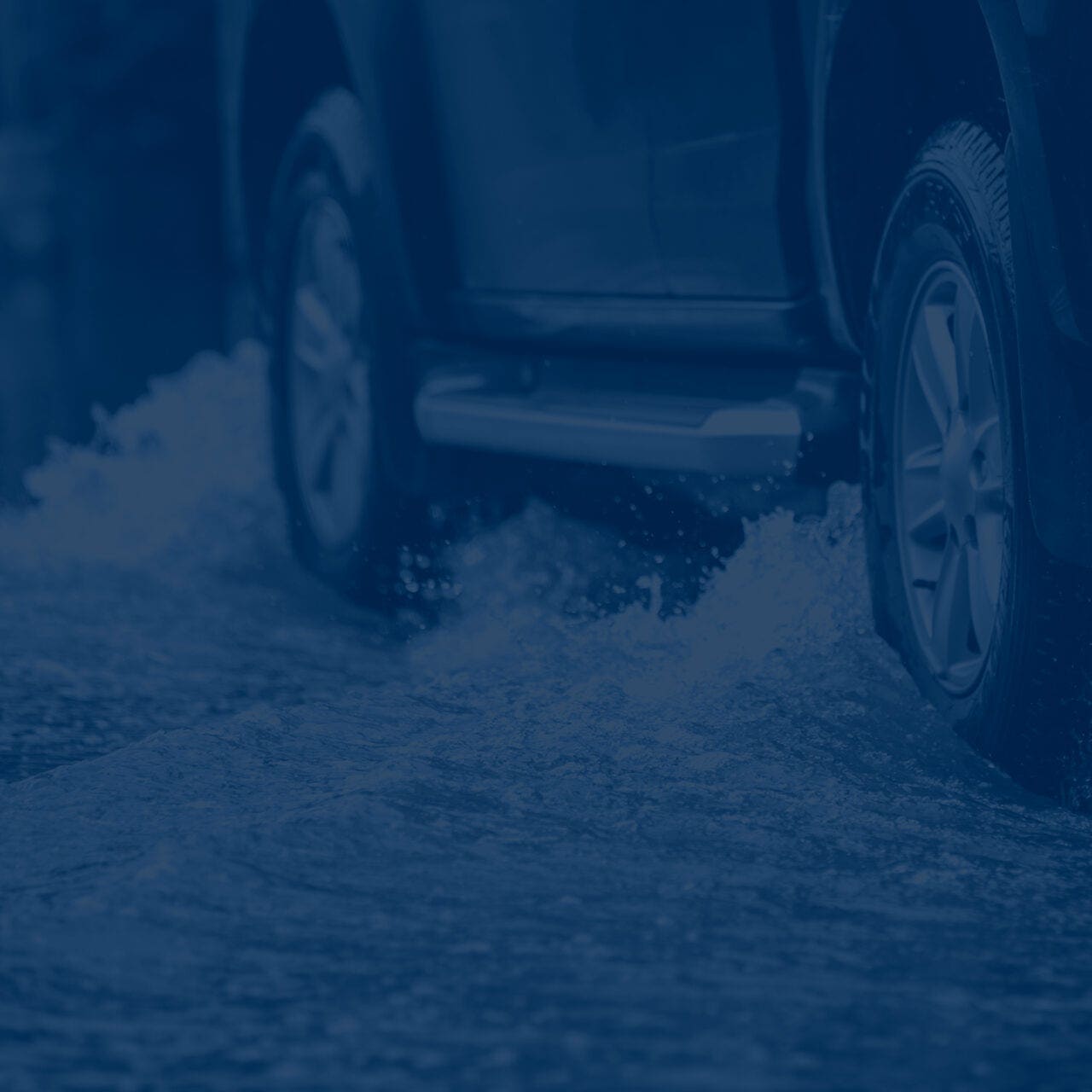
How to prepare for floods in Alberta
Acera Insurance’s flood preparedness guide provides useful guidance to help prepare yourself, your business or your farm for a flood.
Protect your home and vehicles from floods
Protect your business from floods
Protect your farm from floods
Related reading:
How to stay safe during a flood
Alberta wildfires
Wildfire season in Alberta typically occurs between April and October. But peak wildfire activity usually occurs in July and August.
According to the Alberta Government, on average, 68% of wildfires in Alberta are caused by humans; 31% are caused by lightning.
How big of a risk are wildfires in Alberta?
Alberta — home to dense, forested areas, particularly in the north — is one of the provinces most plagued by wildfires.
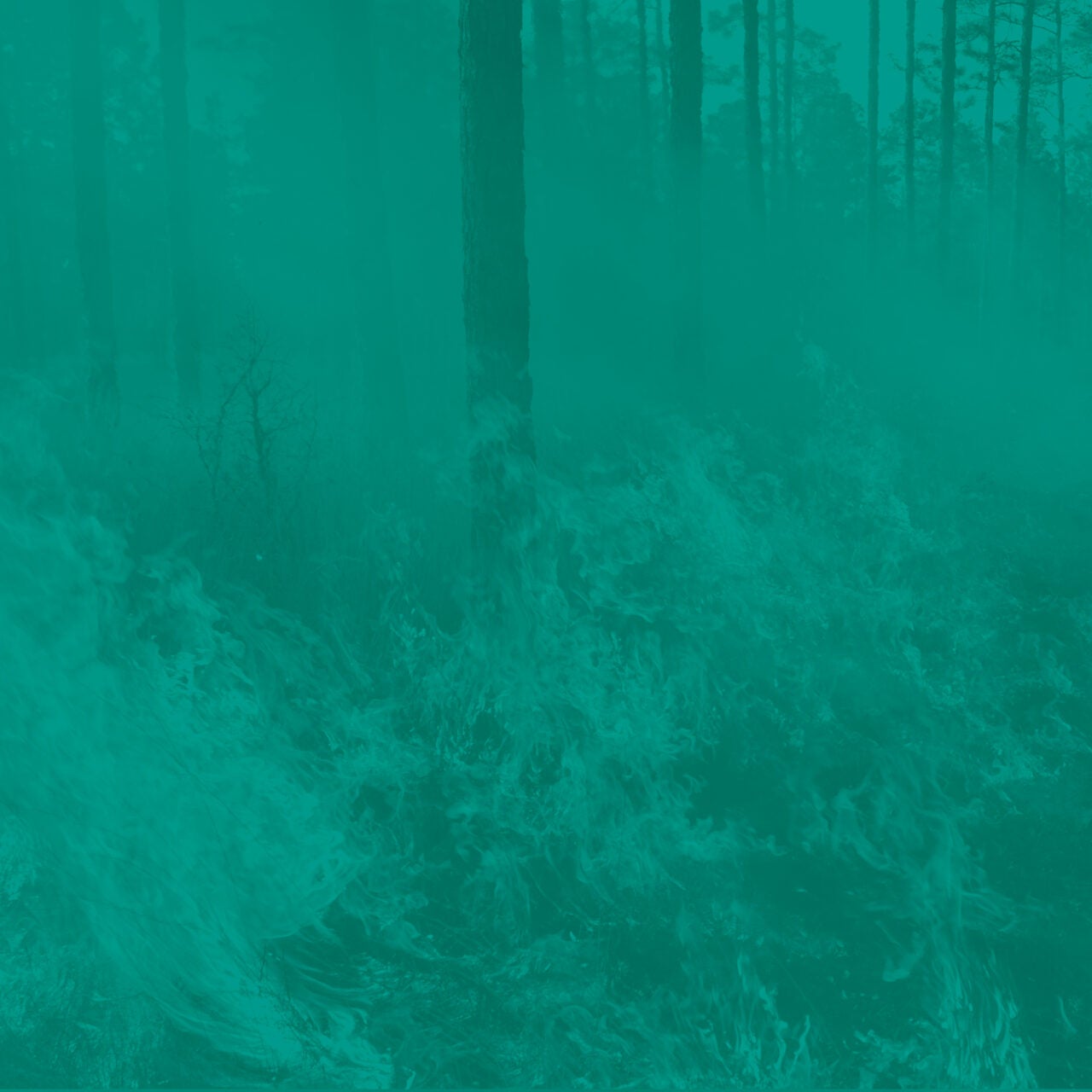
The single costliest catastrophic event remains the 2016 Fort McMurray wildfire, which caused $6.2 billion in insured losses. Most recently, there was the 2024 Jasper wildfire, which caused $1.1 billion in insured losses.
How to prepare for wildfires in Alberta
Acera Insurance’s wildfire preparedness guide provides useful guidance to help prepare yourself, your business or your farm for a wildfire.
Protect your home and vehicles from wildfires
Protect your business from wildfires
Protect your farm from wildfires
Related reading:
How to stay safe during a wildfire
Alberta hail
On average, Alberta experiences 55 days of hail each year. Hail season typically occurs between June and September, but often hits Alberta the hardest in July.
Hailstorm Alley in Alberta
Hailstorms in Alberta are typically concentrated in what has been dubbed Hailstorm Alley, which spans from High River, up through Calgary and north to central Alberta.
How big of a risk is hail in Alberta?
Hail causes significant damage in Alberta, accounting for approximately $5 billion worth of insured losses between 2020 and 2024.
In fact, the 2024 Calgary hailstorm caused $3 billion in insured losses alone, making this storm the second costliest single catastrophic weather event in Canada’s history.
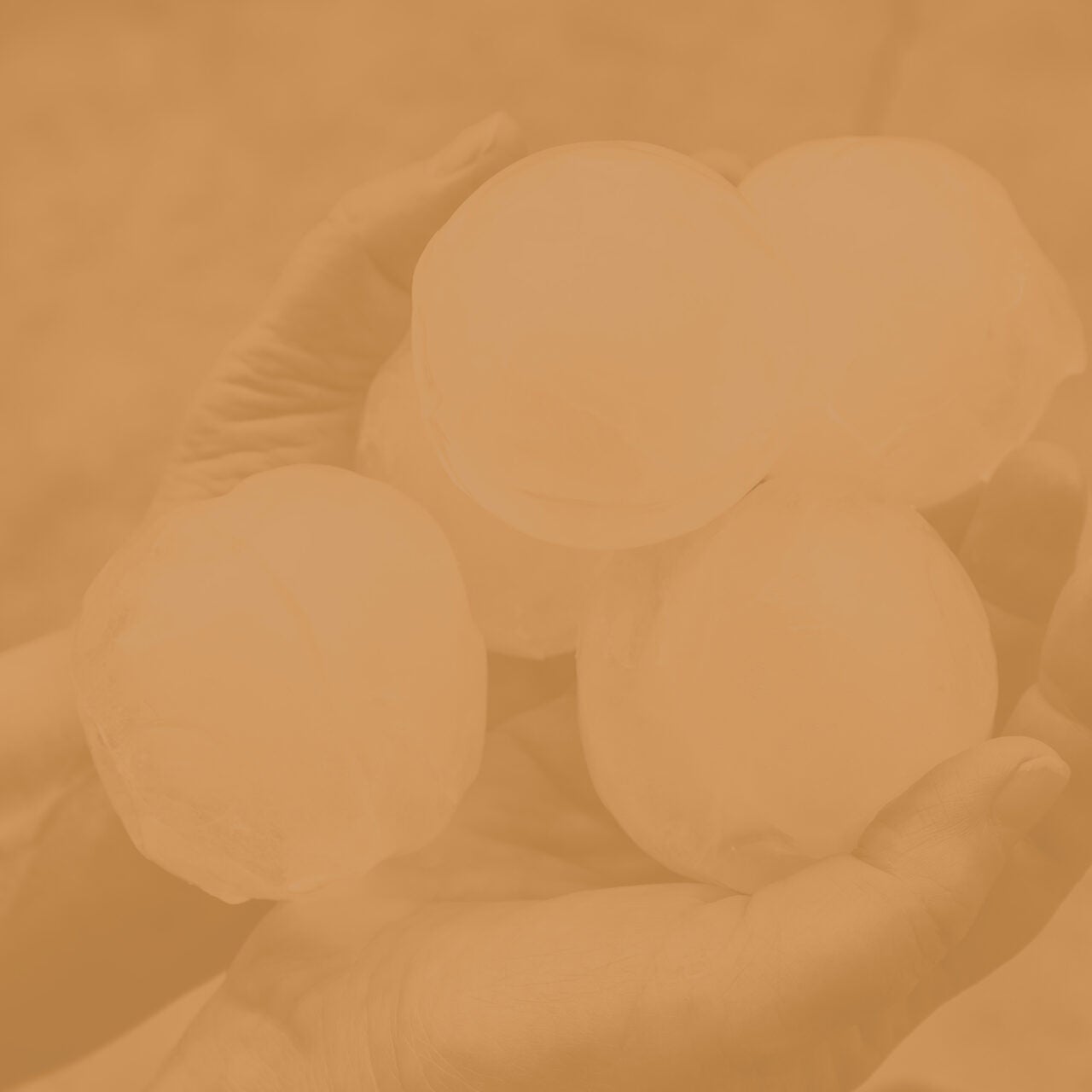
How to prepare for hail in Alberta
Acera Insurance’s hail preparedness guide provides useful guidance to help prepare yourself, your business or your farm for a hailstorm.
Protect your home and vehicles from hail
Protect your business from hail
Protect your farm from hail
Related reading:
How to stay safe during a hailstorm
Alberta tornadoes
Tornado season in Alberta is between May and September, with peak activity usually taking place between mid-June and early August. Tornadoes in Alberta most often form along the Foothills and across central Alberta.
How big of a risk are tornadoes in Alberta?
Alberta witnesses, on average, 15 tornadoes each year.
While insured losses from twisters across the province have been minimal compared to other severe weather, tornadoes have the capacity to quickly cause catastrophic damage. Look no further than the 1987 tornado that ripped through Edmonton and the 2000 tornado that tore through Pine Lake, both resulting in significant destruction and fatalities.
A more recent example is the 2023 tornado near Didsbury, which damaged 12 homes — three of which were completely destroyed and four of which were uninhabitable. Fortunately, no lives were lost.
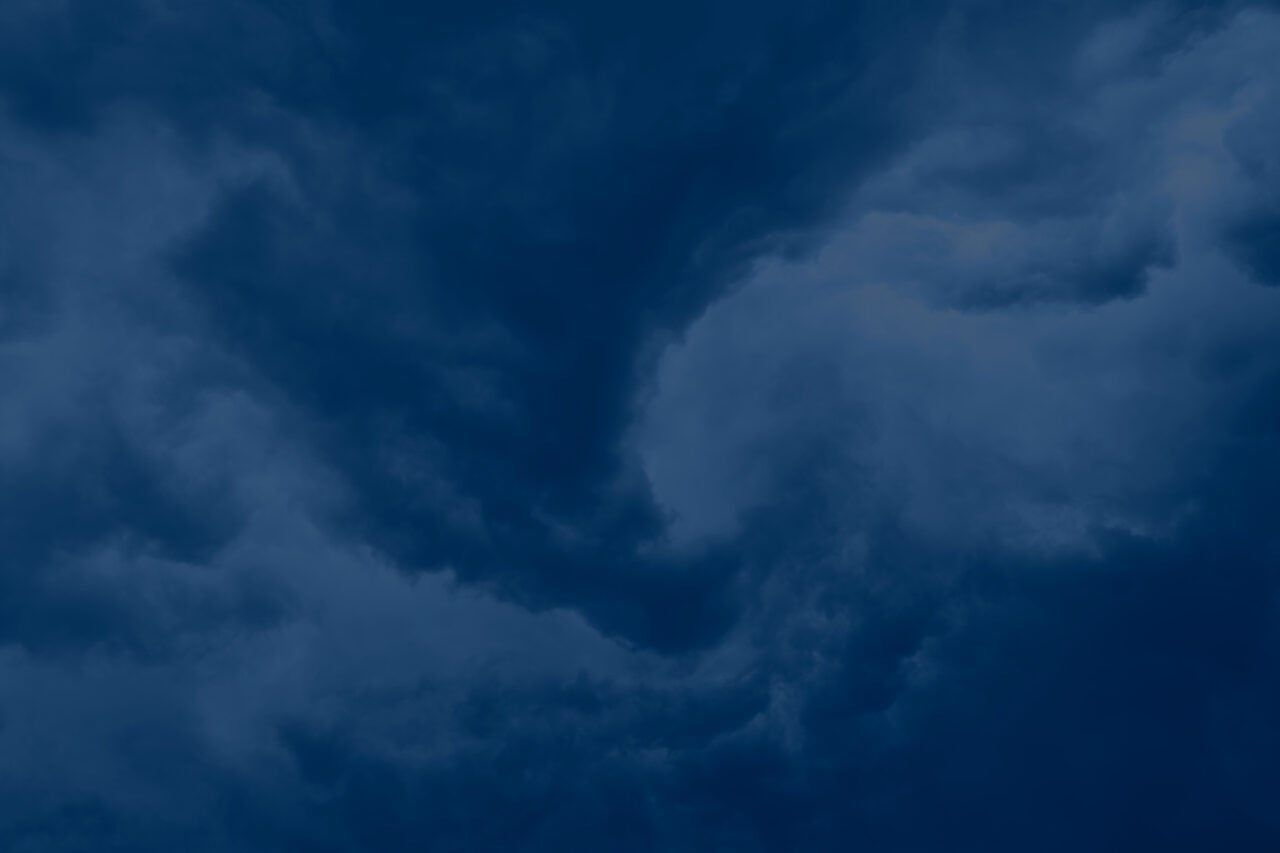
How to prepare for tornadoes in Alberta
Acera Insurance’s tornado preparedness guide provides useful guidance to help prepare yourself, your business or your farm for a tornado.
Protect your home and vehicles from tornadoes
Protect your business from tornadoes
Protect your farm from tornadoes
Related reading:
How to stay safe during a tornado
Are you ready for severe weather in Alberta?
You cannot stop severe weather from striking, but you can be prepared for it.
Speak with an Acera Insurance advisor today to learn more about the home, auto, business and farm coverages that can offer protection from flooding, wildfires, hail and tornadoes.
You can also visit a member of our team at any of our Alberta branches:
